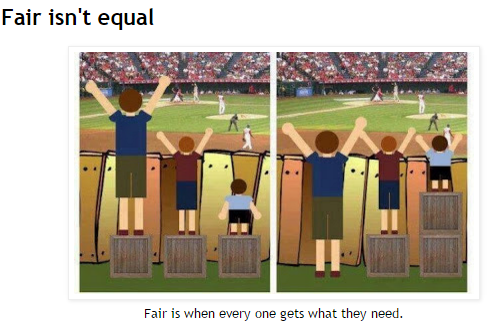How to make joint client work fair





by Tony Vidler ![]()
![]()
![]()

More and more advisers within practices are doing joint client work and many practices still haven’t figured out a way to fairly apportion the responsibilities or revenue for long term success in the joint client work model.
Everyone begins with great intent and all focus is on doing the best they can for a client. Often the bulk of the work falls on one of the advisers however, or at least that perception takes hold in one advisers mind, and tensions creep in because there is a feeling of unfairness on one advisers part at least. That uneasiness in at least one advisers mind then taints (if not downright kills) future joint work opportunities, and in some instances it destroys entire relationships.
The issue more often than not is that there is no clear guidance from the practice on how to handle joint work, essentially leaving it to the advisers within the practice to figure it out. The advisers working together on a client case don’t establish where value is being created, and who carries responsibility for each component., or who is bringing which piece of the solution to the puzzle.
A simple example will explain it best, so let’s assume that 2 advisers agree to work together on a case in the absence of any particular guidance on how to do it.
One adviser sourced the client and created the engagement, and perhaps conducted all the initial fact-finding or discovery work to scope the engagement, and that same adviser is the primary relationship manager who will be maintaining ongoing contact and providing service to the client. The other adviser is providing technical expertise on the case and their role largely consists of analysing the situation and providing a recommended course of action.
Does this sound like an equal workload? If not, then dissatisfaction will probably arise at some point, and that will damage the professional relationship and jeopardise the possibilities of future joint work.
The advisers determine that for the work to be sourced and then delivered to the clients satisfaction there are 5 key steps:
For simplicity they agree that the engagement does not eventuate unless all 5 steps occur, so they apportion 20% of the eventual revenue to each of the steps.
Adviser 1 is providing the work for steps 1, 2 & 5. They are entitled to 60% of the revenue.
Adviser 2 is providing the work for steps 3 & 4. They are entitled to 40% of the revenue.
While I have used a simple apportionment in this example of 20% of the revenue for each phase of the client work, it doesn’t have to be an even apportionment of course. It may well be that a particularly large and notoriously difficult account (e.g. a large employer group scheme) could be agreed to be worth a higher proportion simply for getting to the point of creating an engagement, and the ongoing servicing obligations might be fairly straightforward and deemed to be worth a lesser proportion. The apportionment may well vary from one engagement to another of course….
Provided the advisers think through the necessary steps to creating any given engagement, and understand what each others roles are within it, then a fair apportionment of responsibility, remuneration and workload can be agreed to that both think is fair. It is far more likely that a good professional engagement will be delivered by the advisers jointly, and that they will be able to work successfully on further joint cases in the future.
It is important when doing joint work to understand and accept that “sharing equally” is not the same as “being fair”.

To make joint client work succeed within a practice for the long term the emphasis has to be shifted to “fairness” and ensuring that each professional is recognised and rewarded properly for the part they play.
Such an approach enables joint work between advisers to be apportioned fairly on a case-by-case basis, which further reduces the possibility of one adviser feeling that over time and multiple engagements the traditional 50/50 deal is not working for them.
In any practice where you are wanting multiple advisers to share the workload and bring their respective areas of expertise to bear on a particular case or client account, this type of structured approach to apportioning revenue for responsibility is most likely to lead to all practitioners feeling that they are fairly rewarded for the elements they bring.
Comments (1)